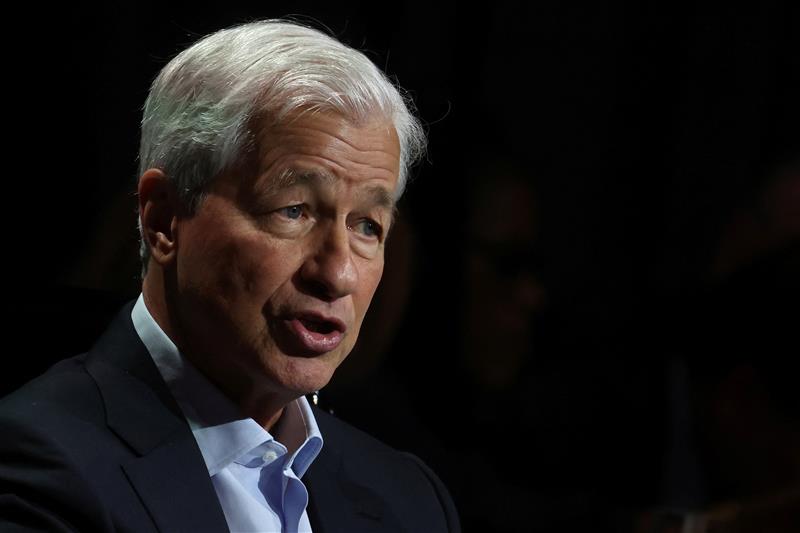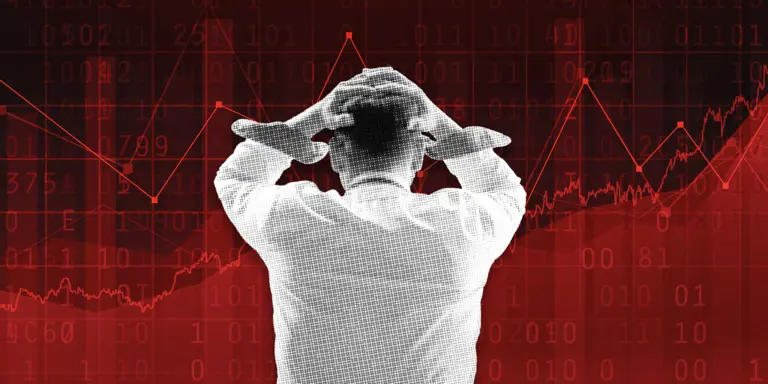
Ray Dalio’s interview with Fox’s Maria, June 2, 2025
Ray Dalio: Debt Crisis Issues Are Urgent
"The US is going broke!," says Ray Dalio. He further explains:
"Here are the 3 things that happen:
Think of the credit system of the Government like your own credit. Except for 2 different things: they can print money, and they can take money away from you through taxes. But the economics – the debt- are the same way. SO, think of the circulatory system – it brings credit to people- and if they use that credit and they produce profits, and the profit pay for it … when debt is rising relative to income that is a problem. What happens mechanically is first as debt and debt service rise. Then the debt service - interest rate and the debt payments increase and squeeze out spending. And we are seeing that.
The second force is the buying and selling. One man’s debt is another man’s asset. So, they are holding these bonds, ,around the world, the debt holders. And they take those bonds and if they have to buy more because we are selling those. Not only is there a supply and demand problem now if I actually calculate who is my buyers, there is a reducing demand, relative to the supply. And if they get into a position where they have to start worry about those bonds then they can begin to sell those bonds. So, the amount that needs to be sold can be much greater even than the new debt that is being produced. So, there is a supply demand problem.
Third is that when there is a supply demand problem, interest either go up or the central banks comes in and prints money (Quantitative Easing) so it we go through those numbers you can see the position of the US and the problem emerging."
Here is a simple, concise outline of Ray’s recently released book,
“How Countries Go Broke”
The Big Cycle by Ray Dalio, designed to be easy to understand while capturing the book’s core ideas. I’ve incorporated key concepts from the provided document, focusing on clarity for a general audience. Where relevant, we reference Dalio’s charts to illustrate points, but since we can’t reproduce them directly, their purpose is described. The link to the book is at the bottom. The outline is structured to align with the book’s four parts and highlights the Big Debt Cycle and Overall Big Cycle in a straightforward way.
Outline of How Countries Go Broke: The Big Cycle by Ray Dalio
Overview:
Ray Dalio, a successful investor, explains how countries accumulate too much debt, leading to financial crises that can cause economic and political upheaval. He describes this as the Big Debt Cycle, a long-term pattern (about 80 years) that ends in a crisis when debt becomes unsustainable. This cycle is part of a larger Overall Big Cycle, driven by debt, politics, geopolitics, nature, and technology, which shapes major changes in how countries operate. The book uses history, data, and Dalio’s experience to show how these cycles work and what might happen next.
Part I: Overview of the Big Debt Cycle
What It Covers: Explains how debt grows over time, creating cycles that lead to booms and busts.
Key Ideas:
- Short-Term Debt Cycles (6 years ± 3): Central banks adjust money and credit to control economic activity. When the economy is slow, they lower interest rates to encourage borrowing, boosting spending and asset prices. When it overheats, they raise rates, slowing things down.
- Big Debt Cycle (50-100 years): Short-term cycles add up, with debt growing faster than income. This creates a long-term cycle with five stages:
- Sound Money Stage: Low debt, “hard” money (like gold), and healthy economic growth.
- Debt Bubble Stage: Cheap credit fuels borrowing, speculation, and high asset prices (e.g., stocks, real estate).
- Top Stage: The bubble pops due to tight money or unsustainable debt, causing a market and economic crash.
- Deleveraging Stage: Debt is reduced through defaults, restructuring, or printing money, which devalues currency.
- New Equilibrium: Debt stabilizes, and a new cycle begins, often with “hard” money again.
- Why It Happens: People and governments like borrowing because it feels good short-term, but long-term, debt becomes a burden, like a “cancer” eating buying power. Central banks eventually print money to avoid defaults, devaluing debt and currency.
- Chart Reference: Dalio’s charts (p. 365) show G7 countries’ debt and debt service as a percentage of GDP since 1900, illustrating how debt has risen to unsustainable levels, signaling a late-stage cycle.
Part II: How Debt Crises Unfold
What It Covers: Details the typical sequence of a Big Debt Cycle crisis and how it affects governments, banks, and economies.
Key Ideas:
- Archetypical Sequence: Dalio studied 35 debt crises to create a template of nine stages:
1-4: Private sector borrows too much, defaults, and the government steps in, borrowing more.
5-6: The crisis spreads to the central bank, which prints money to buy debt, risking currency devaluation.
7-9: Debt is reduced (defaults, restructuring, or monetization), a new balance is reached, and the cycle restarts. - Symptoms to Watch: High debt-to-income ratios, rising interest rates, and selling of government bonds (p. 376 chart) signal a crisis is near.
- Overall Big Cycle: Debt crises interact with other forces (politics, geopolitics, nature, technology) to drive major changes in monetary, political, and global systems (Chapter 8).
- Example: When debt is in a country’s own currency (like US dollars), printing money is easier, but it devalues wealth. Gold or other “hard” assets become more attractive than bonds during crises.
Part III: Looking Back (History of Debt Cycles)
What It Covers: Reviews Big Debt Cycles since 1865, focusing on the US, China, and Japan from 1945 to now.
Key Ideas:
- 1865-1945: Post-Civil War US had low debt, but cycles led to crises like the Great Depression.
- 1945-1971: Post-WWII, the US used a gold-linked dollar, keeping debt stable until Vietnam War spending strained it.
- 1971-2008: After abandoning gold, the US shifted to fiat money, with debt growing through interest-rate policies.
- 2008-2020: Post-financial crisis, central banks printed money to stabilize economies, increasing debt.
- 2020-Now: Pandemic deficits and monetization pushed debt to critical levels.
- China and Japan: China’s debt grew post-1949 reforms; Japan’s 1990s bubble burst led to decades of low growth.
- Chart Reference: Charts (p. 373-374) show rising US political polarization and global conflict since 1900, linking debt to social and political unrest.
Part IV: Looking Ahead
What It Covers: Predicts future risks and solutions for managing debt and navigating the Big Cycle.
Key Ideas:
- Indicators: Dalio’s data (Chapter 17) shows the US is in Stage 5 (crisis spreading to central banks), with high debt and potential bond selling signaling trouble in 2-3 years.
- 3% 3-Part Solution (Chapter 18): Dalio suggests reducing US deficits to 3% of GDP through spending cuts, productivity boosts, and balanced deleveraging (mix of restructuring and monetization).
- Future Outlook (Chapter 19):
- Risks: Debt crises could lead to currency devaluation, autocratic governance, and geopolitical shifts (e.g., US-China tensions, p. 380 charts).
- Forces: Political conflict, climate change, and geopolitics may outweigh tech advancements (AI, biotech).
- Opportunities: Countries with strong education, low debt, and tech adoption (e.g., India) will thrive.
- Advice: Diversify investments (e.g., gold, equities over bonds), focus on productive countries, and prepare for change.
- Chart Reference: Charts (p. 395) show exponential GDP and life expectancy growth, but Dalio warns tech won’t offset debt and conflict headwinds.
Why Gold Matters!
Dalio, who in Dec 2018 declared the beginning of the Gold Paradigm Shift, emphasizes that during the Deleveraging Stage, debt assets (like bonds) lose value due to defaults or devaluation, making “hard” assets like gold very attractive. Countries and investors buy gold to hedge against paper money’s decline, as it holds value when currencies weaken (p. 26-29). This supports your ad’s message about gold hedging portfolios, especially as Dalio predicts a big potential crisis soon.
Story by Harvard Gold Group



